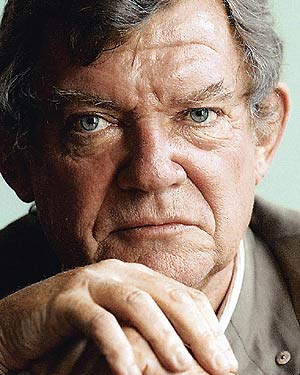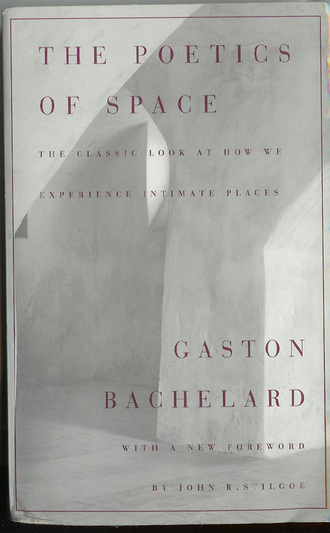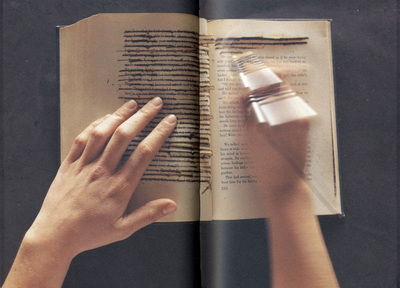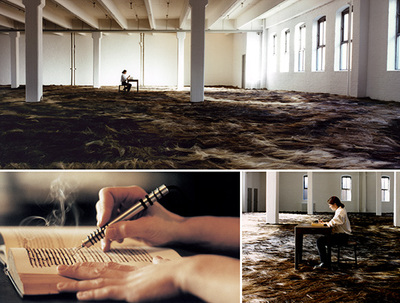Music for 18 Musicians
This was Reich's first attempt at writing for larger ensembles, and the extension of performers resulted in a growth of psycho-acousticeffects, which fascinated Reich, and he noted that he would like to "explore this idea further". A prominent factor in this work is the augmentation of the harmonies and melodies and the way that they develop this piece. Another important factor in the piece is the use of human breath, used in the clarinets and voices, which help structure and bring a pulse to the piece. The player plays the pulsing note for as long as he can hold it, while each chord is melodically deconstructed by the ensemble, along with augmentation of the notes held. The metallophone (unplugged vibraphone), is used to cue the ensemble to change patterns or sections.
Personal thoughts:
Natural pulse/rhythm...walking to the beat of human movement and breath.
Soothing/dream-like quality although it is rooted in the human experience.
Allusion to what could be/what has been/distance between the present and other times we are not experiencing at the moment.
Natural pulse/rhythm...walking to the beat of human movement and breath.
Soothing/dream-like quality although it is rooted in the human experience.
Allusion to what could be/what has been/distance between the present and other times we are not experiencing at the moment.




 RSS Feed
RSS Feed
